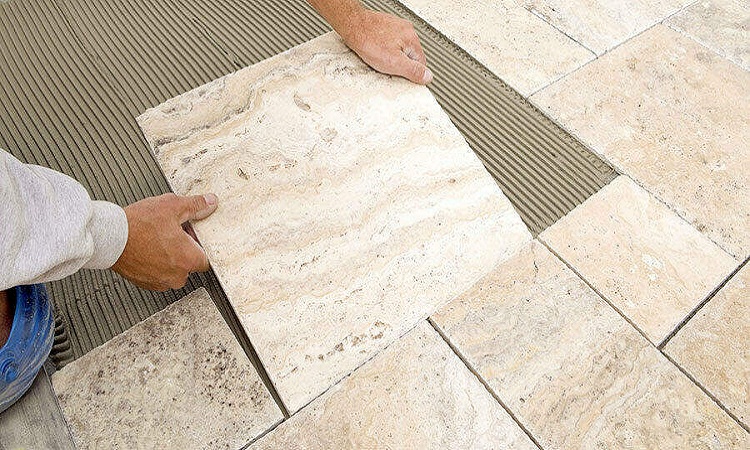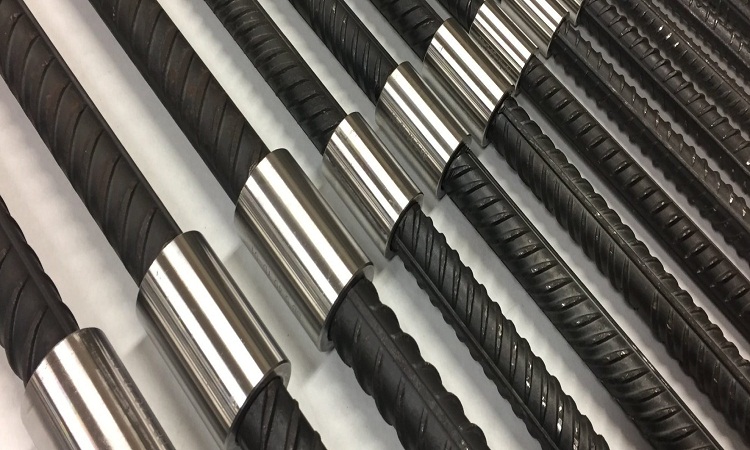Floors are horizontal elements of a building structure that divide the building into different levels for the purpose of creating more accommodation within the restricted space, one above the other, and also provide support for the occupants, furniture, and equipment of a building. Selection of Floor Finish In residential or…
Benefits and Detrimental Effects of Fly Ash in Concrete
What are the benefits and constraints of fly ash in concrete? Key benefits Reduced water demand Increased workability Improve permeability Improve durability Low heat of hydration Constraints Reduced early strength Longer curing The major beneficial effect of fly ash in concrete is based on its physical properties. Filler effect Fly…
What is Fly Ash? Physical and Chemical Properties of Fly Ash
What is Fly Ash? Fly ash, a byproduct from coal-based thermal power plants, is abundantly available in India. Estimates show that more than 100 million tons of fly ash are produced annually from around 83 major coal-based power stations. A small fraction of this is fruitfully utilized. Fly ash is…
Cold Weather Concrete – Objective, Principles, and General Provisions for Cold Weather Concreting
Cold weather is determined as a period when for greater than three consecutive days, the undermentioned conditions exist: Average daily air temperature is less than 5oC. Air temperature isn’t greater than 10oC for more than 1/2 of any 24-hour period. The average daily air temperature is the average of the…
What is Building Demolition? Different Building Demolition Techniques
What is Building Demolition? The building demolition technique means destruction, tearing down, breakup, removal of some parts of the building or whole structure, generally demolition is carried out when the life of the building is over or to construct a new structure by replacing the older one, also it is…
Mass Concrete – Concrete Mix Parameter, Production, Transportation and Placement for Mass Concrete
Mass concrete or massive pours is defined as any volume of concrete with dimensions bigger enough to require measures to deal with the generation of heat from the hydration of cement & adjustments within the attendant quantity to reduce cracks. Concrete of large or massive structures has always posed a…
What is Hot Weather Concreting? Preventive Measures in Hot Weather Concreting
What is Hot Weather Concreting? Hot weather concreting is described as one or a combination of the conditions such as high ambient temperature, high concrete temperature, low relative humidity, and high wind speed that tend to impair the quality of freshly mixed or hardened concrete by accelerating the rate of…
Different Types of Cracks in Concrete
Cracks might be big or small, structural or non-structural. All of them can be a nuisance by way of either marring the appearance or function as a passage for atmospheric polluting gases or moisture to enter the body of concrete and cause distress. Cracks in the concrete structure do not…
Transparent Concrete – Its History, Properties, Applications, Advantages, and Disadvantages
What is Transparent Concrete? Transparent concrete is hardened concrete that allows light to pass through it. It is also known as light-transmitting concrete or translucent concrete. Commonly, transparent concrete is similar to ordinary concrete because the strength of both concrete is similar. But the major advantage is the transparent concrete…
What is Rebar Coupler? Its Types, Advantages, and Disadvantages
Rebar coupler or mechanical splices are utilized in reinforced concrete structures to replace normal rebar lap joints. The rebar coupler is also suitable for use in reinforced concrete columns & walls. Rebar coupler consists of a piece of rebar equipped with a thread & coupler sleeve at the right end…










